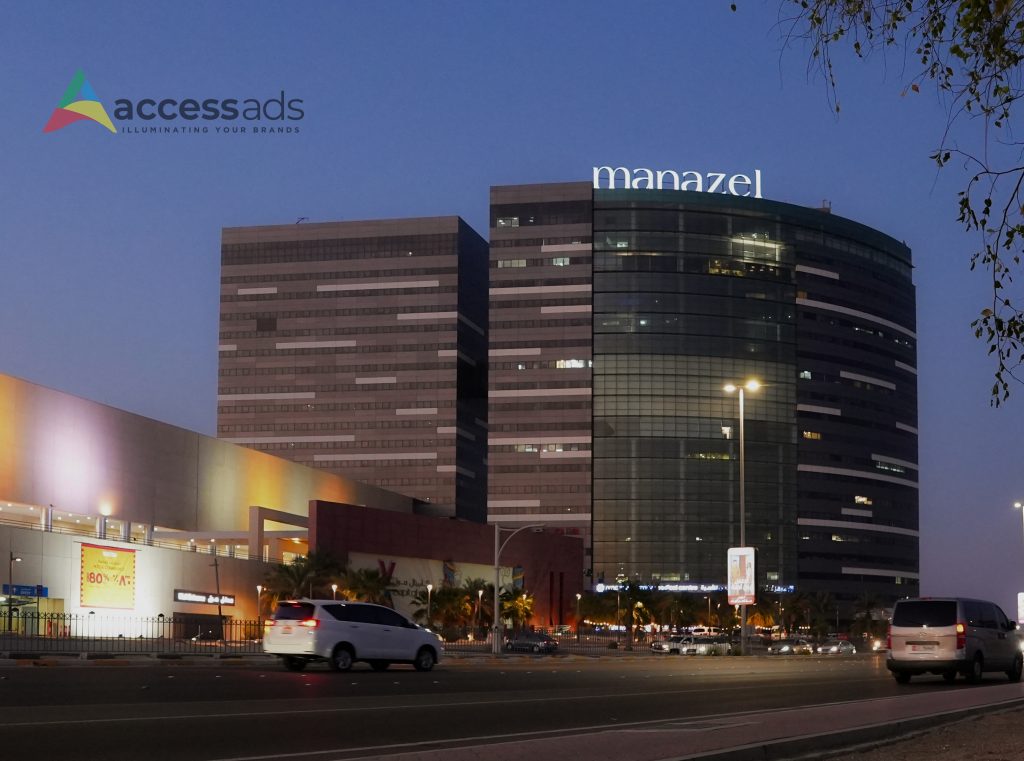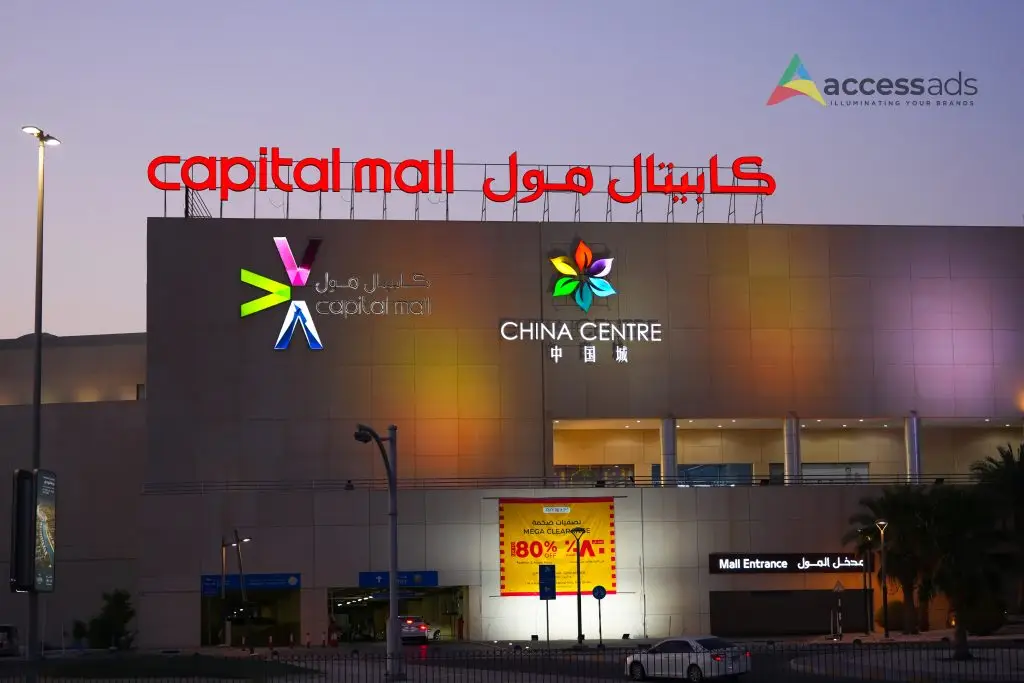What Are Rooftop Signage and Building Wraps? 7 Incredible Benefits You Need to Know
In today’s bustling urban landscapes, branding and visibility have become paramount for businesses aiming to capture attention. Among the most effective ways to achieve this are rooftop signage and building wrap signage, offering expansive canvas spaces that convert towering buildings into eye-catching billboards. These signage types are quickly becoming the go-to solution for businesses seeking to stand out in city skylines and crowded commercial hubs.
What is Rooftop Signage?
Rooftop signage refers to large-scale signs placed at the tops of buildings, making them visible from great distances. These signs are typically illuminated and can be seen from various vantage points, maximizing exposure to commuters, pedestrians, and nearby buildings. They’re especially effective in urban areas where space is limited and competition for visibility is fierce.
What is Building Wrap Signage?
Building wrap signage goes a step further by covering entire building facades with brand messaging. These wraps are designed to transform otherwise dull exteriors into vibrant promotional spaces. Ideal for advertising campaigns, building wraps ensure a brand dominates the city skyline with larger-than-life visuals that are impossible to ignore.

Building Wrap and Roof Top Signage: Transforming Urban Branding
As cities grow vertically and commercial competition intensifies, the need for unique and captivating advertising mediums has risen. Rooftop signage and building wraps offer businesses in Dubai, Abu Dhabi, and across the UAE the ability to dominate urban spaces with unparalleled visibility. By integrating these signage strategies into a broader marketing plan, companies can ensure their brand presence remains impactful, memorable, and visually compelling.
Final Thoughts: A Future Powered by Architectural Signage
In a world driven by aesthetics and first impressions, rooftop and building wrap signage are more than just advertising tools—they are investments in brand identity. As more companies recognize the value of turning urban infrastructure into promotional space, the use of these signage types is expected to grow. With the right creative approach and strategic placement, businesses can amplify their presence across city skylines, ensuring that their brand is not only visible but also unforgettable.
Case Studies: Successful Implementation in the UAE
- Dubai International Airport’s Rooftop Signage
One of the most notable examples of rooftop signage in the UAE is Dubai International Airport, where the signage is visible to millions of passengers flying into the city. This placement is strategic, providing instant brand recognition to visitors entering the UAE. - Burj Khalifa Wrap Campaigns
The Burj Khalifa, the tallest building in the world, has been wrapped in building-sized advertisements multiple times. This approach has made global brands such as Samsung and Coca-Cola synonymous with the Dubai skyline, reinforcing their global dominance.
Final Thoughts: A Future Powered by Architectural Signage
In a world driven by aesthetics and first impressions, rooftop and building wrap signage are more than just advertising tools—they are investments in brand identity. As more companies recognize the value of turning urban infrastructure into promotional space, the use of these signage types is expected to grow. With the right creative approach and strategic placement, businesses can amplify their presence across city skylines, ensuring that their brand is not only visible but also unforgettable.

